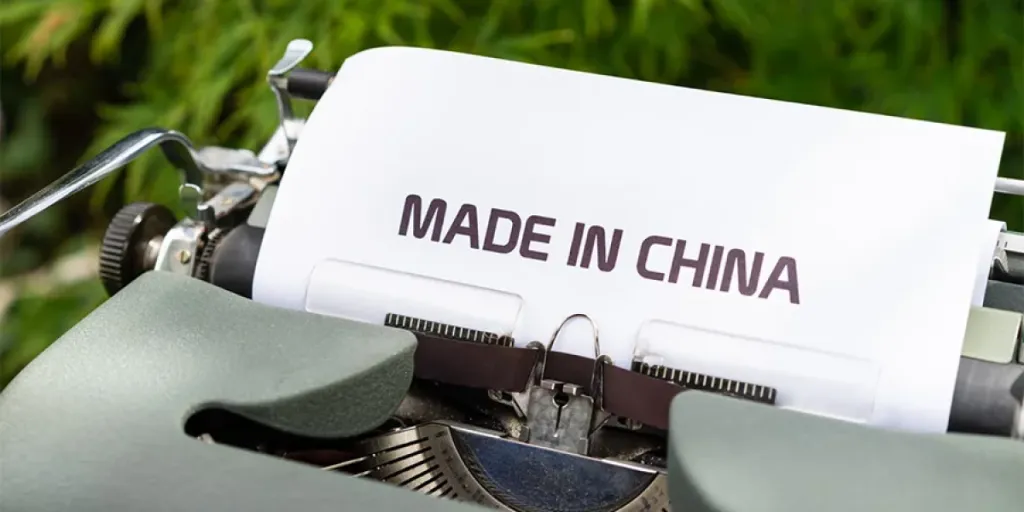Supply chain finance (SCF) boosts cash and working capital for businesses. It’s a team effort between suppliers, buyers, and banks. SCF can be handy for businesses that operate in global supply chains, where the physical supply chain and the SCF are often misaligned. This article explores what SCF is, and highlights its potential benefits and drawbacks for businesses.
Table of Contents
What is SFC and why does it matter?
Understanding the components of SCF
The operation of supply chain finance
Advantages of implementing SCF
Drawbacks of supply chain finance
Assessing if supply chain finance is right for your business
Conclusion: Making a decision on SCF
What is SFC and why does it matter?
Defining supply chain finance
Supply chain finance (SCF) is a set of tech-based strategies aimed at cutting down costs and boosting the functions of buyers, sellers, and financial institutions in a sale. SCF practices automate transactions and track the whole course of invoice approval and payment from beginning to end.
The importance of SCF in modern business
SCF aids supply chains by easing financial challenges and ensuring stability. Research indicates that firms offering SCF can conditionally enhance financial performance, risk management, and operations. Tertiary industries are most suitable for SCF implementation.
Understanding the components of SCF
Accounts payable (A/P)
When a company receives goods or services but has yet to pay for them, it refers to this as accounts payable (A/P). It’s just a fancy term for money they owe to other businesses. This shows up as a short-term liability on the balance sheet.
Accounts receivable (A/R)
Accounts receivable (A/R) are the amounts a company waits to get from its customers and debtors. These refer to goods or services someone has received but has not paid for. Receivables are short-term assets and are shown on the balance sheet. A/R impacts a company’s cash flow. When collected, businesses have more cash available to use elsewhere.

Inventory
The inventory is a component of the operating activities section of the SCF. It represents the value of goods a company has in stock and is ready to sell.
The operation of supply chain finance
The role of suppliers
Suppliers are there to give goods or services to the buyers. They agree on the payment terms before anything is exchanged. Supply chain finance helps suppliers a lot. They can get paid sooner, have better cash flow, boost their credit standing, and get along better with buyers.
The role of buyers
Buyers are there to get the goods or services from suppliers. They have to pay them as per their contract. They, too, gain from supply chain finance. They can pay later, better manage their money and inventory, and bond over good performance with their suppliers.
The role of financial institutions

Financial institutions play a supporting role. They help the suppliers and buyers with the money part. They also make it easier to turn invoices or receivables into ready cash. Supply chain finance is also advantageous for these institutions. They can earn more in fees and interest, spread their risks, and rely on the buyers’ credit rating.
Advantages of implementing SCF
Increased cash flow
With SCF, buyers and suppliers both get more cash fluidity. They can use money earlier or later than the bill’s due date. How? Buyers can pay suppliers early using “dynamic discounting” at a slashed price. Conversely, suppliers can use “reverse factoring” to sell their debts to a third-party financier for less than regular lending rates.
Reduced risk in transactions
SCF helps keep trade finance safer. It offers a secure place for buyers and suppliers to share info, confirm bills, and follow payments. Plus, SCF downsizes the need for bank go-betweens and multiplies the fund sources for both players.
Strengthening supplier relationships
SCF makes buyers and suppliers work better together. How? By giving more flexibility and clarity in dealings. This way, buyers can shore up their key suppliers and keep them financially sound, while suppliers can better predict their cash flow and get easier access to money.
Drawbacks of supply chain finance
Costs associated with SCF
The major expense related to SCF is the interest that banks charge for their services. The rate changes based on different factors including the buyer’s credit, market trends, currency fluctuations and the regulatory environment. A different expense related to SCF is the cost of starting and keeping the program running. It also includes the cost of complying with the legal and contractual requirements of the SCF program, such as:
- Due diligence
- Documentation
- Reporting
SCF and accounting issues
SCF can also pose some accounting challenges for both buyers and suppliers. Depending on how the SCF program is structured and executed, it may affect how the transactions are recorded and reported in the financial statements of both parties. For example, suppose the buyer uses SCF for longer payment terms.
In that case, it may increase its accounts payable and liabilities in its balance sheet. This affects its leverage ratios and credit ratings. On the other hand, if the supplier uses SCF to receive its payments earlier, it may decrease its accounts receivable and assets in its balance sheet. This may affect its liquidity ratios and profitability.
The potential risk of supplier dependence
SCF can increase buyers’ bargaining power over suppliers by offering them favorable payment terms and financing options. However, this can make their suppliers more dependent on them for their cash flow and liquidity. This can reduce their supplier diversity and increase their supply chain vulnerability.
Assessing if supply chain finance is right for your business
Evaluating your company’s financial health
SCF can help with cash flow, lowering finance costs, and driving profits, but there’s a catch. It needs a company’s finances to be sturdy. It requires strong supply chain management and a good credit rating.
Assessing your buyer-supplier relationships
Working well with other companies and financiers like Bank of America in SCF is essential. Long-lasting relationships and agreeing on SCF fundamentals are key.
Considering the size and complexity of your supply chain
SCF can help run things smoother, drop in-storage costs, and manage risk, but it’s challenging. It calls for good organization and understanding of rules.
Conclusion: Making a decision on SCF
Supply chain finance (SCF) is a trending area that benefits buyers and vendors. Large corporations can see cash flow improvements and deeper relationships with vendors. Plus, it can ease financing costs. For vendors, SCF can mean better terms, advance payments, and a cushion in tough times. Choosing an SCF provider can be complicated. Consider reputation, experience, technology, geographic reach, legal requirements, and synergies for overall success in the long haul.





 বাংলা
বাংলা Nederlands
Nederlands English
English Français
Français Deutsch
Deutsch हिन्दी
हिन्दी Bahasa Indonesia
Bahasa Indonesia Italiano
Italiano 日本語
日本語 한국어
한국어 Bahasa Melayu
Bahasa Melayu മലയാളം
മലയാളം پښتو
پښتو فارسی
فارسی Polski
Polski Português
Português Русский
Русский Español
Español Kiswahili
Kiswahili ไทย
ไทย Türkçe
Türkçe اردو
اردو Tiếng Việt
Tiếng Việt isiXhosa
isiXhosa Zulu
Zulu